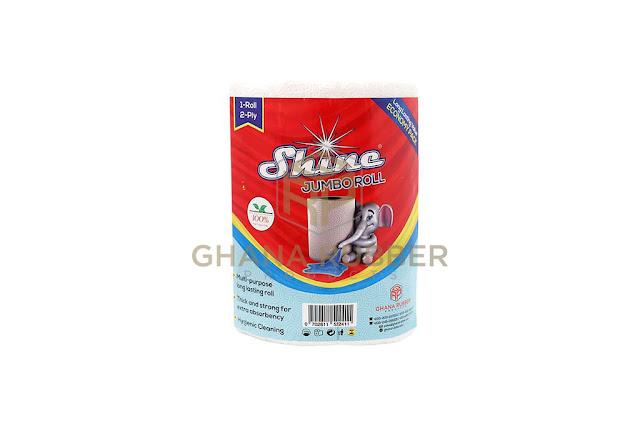Navigating the Landscape of Food Packaging: A Sustainable Outlook
Introduction:
In the world of culinary experiences, the packaging of food stands as a vital element, serving to preserve freshness, ensure safety, and enrich the overall consumer experience. Far beyond being a mere vessel for food items, packaging has evolved into a complex blend of art and science, addressing environmental concerns, technological advancements, and the diverse needs of consumers. In this exploration of the intriguing world of food packaging, we will delve into its historical evolution, innovations, sustainability efforts, and its pivotal role in shaping our modern food ecosystem.
The Journey of Food Packaging
Early Beginnings:
The origins of food packaging can be traced back to ancient civilizations, where various cultures ingeniously developed methods to preserve and transport their culinary creations. From utilizing leaves and animal hides to employing clay pots and wooden containers, early societies recognized the importance of safeguarding food from external elements.
Industrial Revolution:
The advent of the Industrial Revolution marked a significant turning point in food packaging. Metal cans, glass jars, and paper packaging transformed food preservation and distribution, allowing for mass production and global distribution. These innovations not only prolonged the shelf life of products but also revolutionized the landscape of food packaging.
Rise of Plastics:
The mid-20th century witnessed the ascendancy of plastics, ushering in a new era of food packaging. Plastic containers and wraps, being lightweight, durable, and versatile, became omnipresent in the food industry. However, the environmental repercussions of plastic pollution have prompted the industry to reconsider its reliance on these materials.
The Craft and Science of Modern Food Packaging
1. Preservation and Safety:
At its core, food packaging serves the fundamental purpose of preserving the quality and safety of food products. Modern packaging materials, including vacuum-sealed pouches and modified atmosphere packaging, establish an environment that extends the freshness of perishable items, mitigating spoilage and reducing food waste.
2. Convenience and Portability:
Convenience plays a pivotal role in shaping contemporary food packaging. Single-serving packages, resealable bags, and on-the-go containers cater to the fast-paced lifestyles of consumers. These innovations not only enhance convenience but also contribute to portion control and reduced food spoilage.
3. Technological Advancements:
The infusion of technology into food packaging has ushered in a new era of innovation. Smart packaging, incorporating sensors and indicators, enables consumers to monitor the freshness and safety of their food. This tech-driven approach not only instills confidence in consumers but also provides valuable insights into supply chain management.
4. Sustainable Solutions:
As environmental concerns take center stage, the food packaging industry is undergoing a paradigm shift towards sustainability. Biodegradable materials, compostable packaging, and eco-friendly designs are becoming increasingly prevalent. Companies are reassessing their packaging strategies to align with global efforts to reduce plastic waste and adopt more sustainable alternatives.
Sustainability in Food Packaging
1. Biodegradable Materials:
A significant stride in sustainable food packaging involves the adoption of biodegradable materials like PLA (polylactic acid), a plant-based plastic alternative. These materials break down naturally, lessening the environmental burden associated with traditional plastics.
2. Compostable Packaging:
Compostable packaging offers a closed-loop solution by breaking down into organic matter, leaving no trace of waste. Materials such as cornstarch-based packaging are gaining popularity as eco-conscious consumers seek alternatives aligned with their values.
3. Minimalist Design:
Reducing packaging waste often involves embracing minimalist design principles. Streamlining packaging, eliminating unnecessary layers, and selecting materials with a lower environmental footprint contribute to a more sustainable approach.
4. Recycling Initiatives:
Collaborative efforts between packaging manufacturers, food producers, and consumers are crucial for promoting recycling. Clearly labeled packaging with recycling instructions and the use of recycled materials in packaging production contribute to a circular economy.
Challenges and Future Outlook
1. Balancing Preservation and Sustainability:
A persistent challenge in food packaging is finding the delicate equilibrium between preserving food integrity and adopting sustainable practices. Achieving this balance necessitates continuous innovation and a commitment to reducing the environmental impact of packaging materials.
2. Consumer Education:
Educating consumers about the environmental impact of different packaging choices is critical. By raising awareness about sustainable practices and providing clear information on packaging labels, consumers can make informed decisions aligned with their values.
3. Regulatory Landscape:
Governments and international bodies play a pivotal role in shaping the future of food packaging. Regulatory frameworks that incentivize and mandate sustainable packaging practices can accelerate the industry's transition towards more environmentally friendly solutions.
4. Technological Integration:
Continued advancements in technology, including smart packaging solutions and biodegradable materials, will shape the future of food packaging. Integrating these innovations into mainstream practices requires collaboration between technology developers, packaging manufacturers, and the food industry.
Conclusion: Unveiling a Sustainable Culinary Future
In the continually evolving landscape of food packaging, the delicate interplay of art and science in preserving, enhancing, and sustaining our culinary experiences is evident. From ancient preservation methods to the cutting-edge technologies of today, the journey of food packaging reflects our evolving understanding of environmental impact and societal needs.
As consumers increasingly prioritize environmental consciousness, the food packaging industry stands at a crossroads. The future holds promise for innovative solutions that prioritize both the safety of our food and the health of our planet. By embracing sustainable materials, advocating for responsible packaging practices, and fostering a culture of environmental stewardship, we can collectively unveil a future where the craft and science of food packaging harmoniously contribute to a sustainable and thriving world.



Comments
Post a Comment